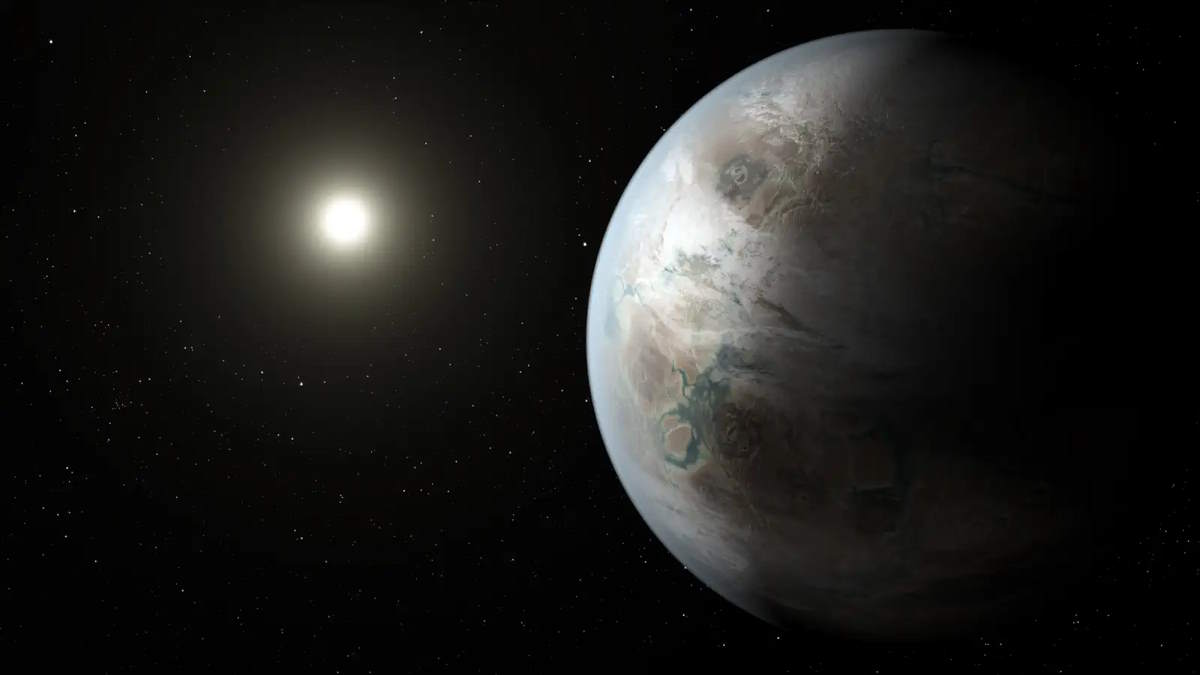NASA’s space observatory Kepler may have discovered a possibly Earth-like planet, named Kepler-452b, a rocky world orbiting a Sun-like star at almost the exact same distance Earth orbits our own Sun. “The new Earth” is located 1,400 light-years from us. It orbits a Sun-like star that is 4% more massive and 10% brighter than our …

